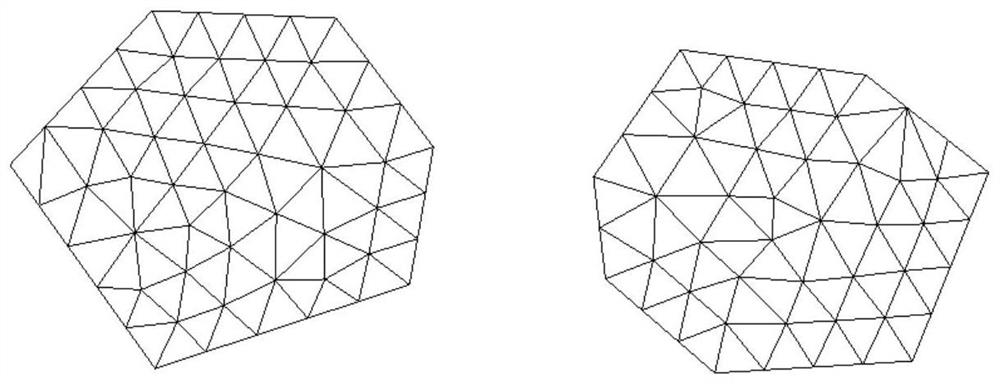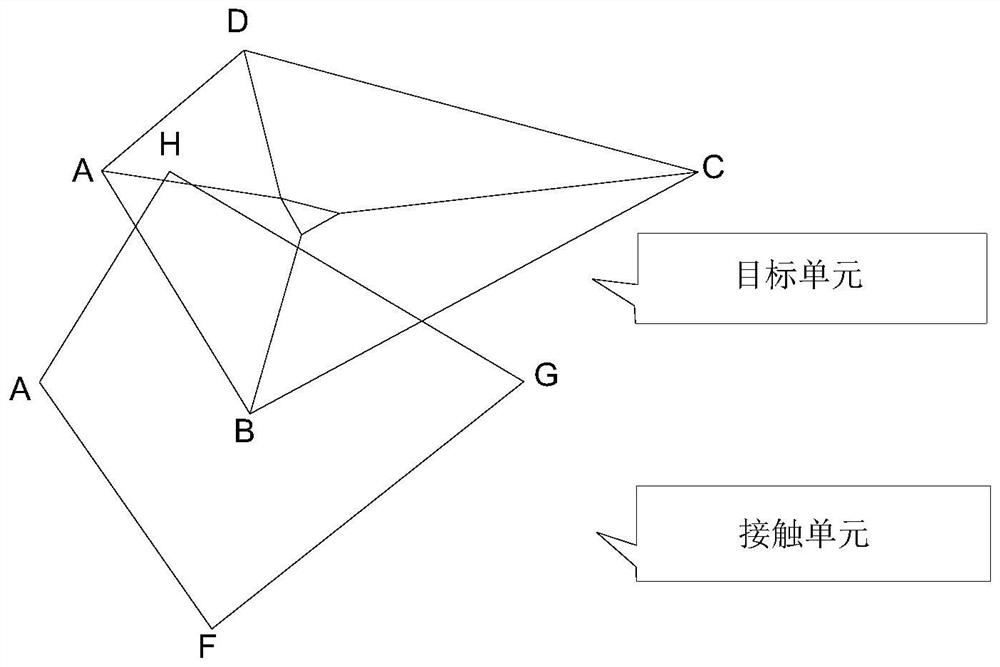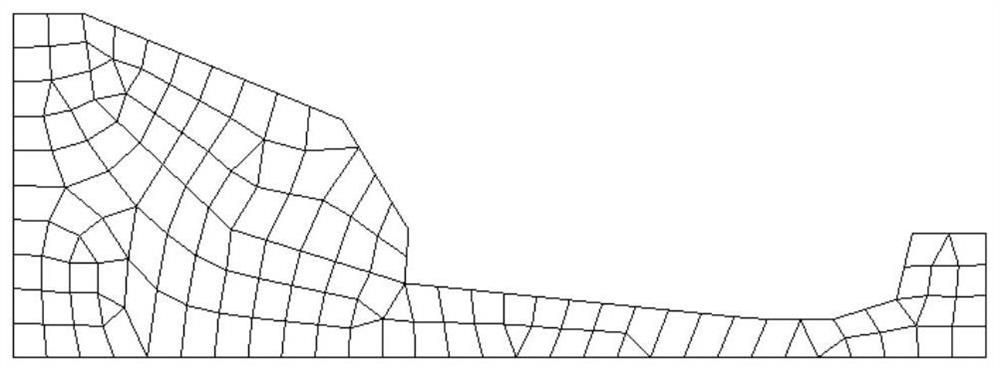A two-dimensional deformable convex polygon block discrete element method based on distance potential function
A discrete element method, discrete element technology, applied in special data processing applications, design optimization/simulation, etc.
- Summary
- Abstract
- Description
- Claims
- Application Information
AI Technical Summary
Problems solved by technology
Method used
Image
Examples
Embodiment Construction
[0036] Below in conjunction with accompanying drawing, technical scheme of the present invention is described in further detail:
[0037] The invention provides a two-dimensional deformable convex polygon block discrete element method based on a distance potential function, comprising the following steps:
[0038] Step 1, establish a deformable discrete unit system, such as figure 1 As shown, this system includes multiple discrete units, and the finite units formed by dividing the discrete units into grids; each grid after the discrete units are divided into grids is defined as a grid unit, and the node coordinates of this grid unit Consistent with the node coordinates of the finite element, the parameters of the discrete element include the node coordinates, mass, damping ratio, and stiffness of the discrete element, and the parameters of the finite element include the node coordinates, mass matrix, damping matrix, and stiffness matrix of the finite element;
[0039] Step 2,...
PUM
 Login to View More
Login to View More Abstract
Description
Claims
Application Information
 Login to View More
Login to View More - R&D
- Intellectual Property
- Life Sciences
- Materials
- Tech Scout
- Unparalleled Data Quality
- Higher Quality Content
- 60% Fewer Hallucinations
Browse by: Latest US Patents, China's latest patents, Technical Efficacy Thesaurus, Application Domain, Technology Topic, Popular Technical Reports.
© 2025 PatSnap. All rights reserved.Legal|Privacy policy|Modern Slavery Act Transparency Statement|Sitemap|About US| Contact US: help@patsnap.com



